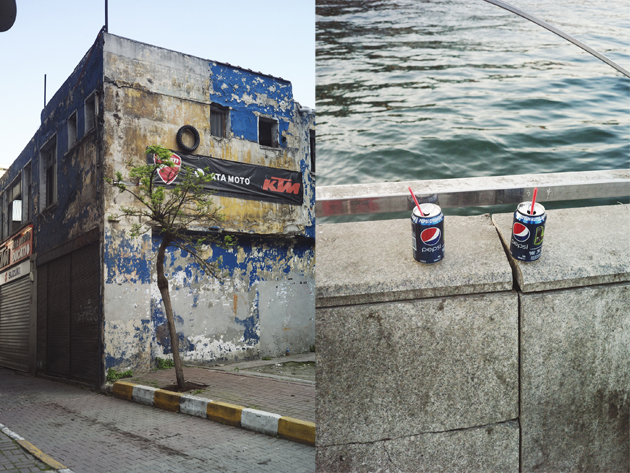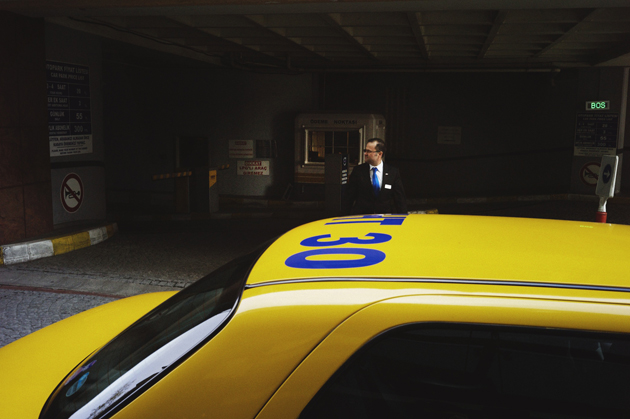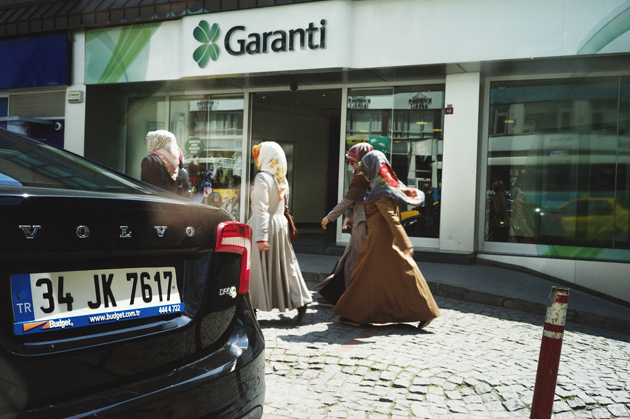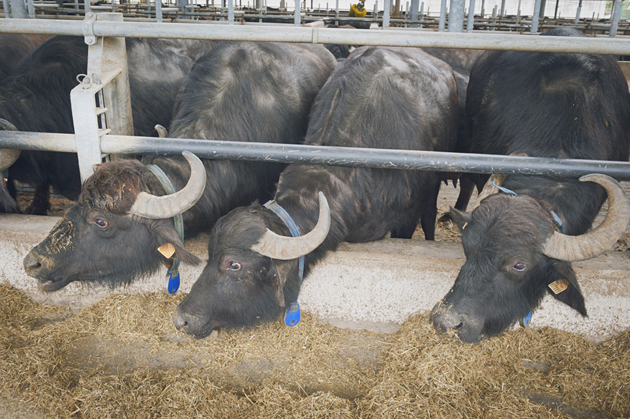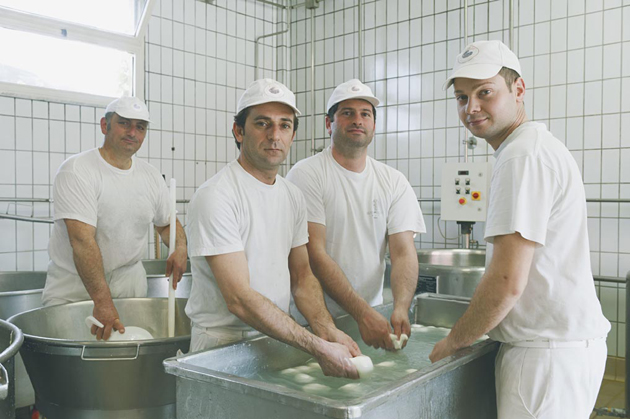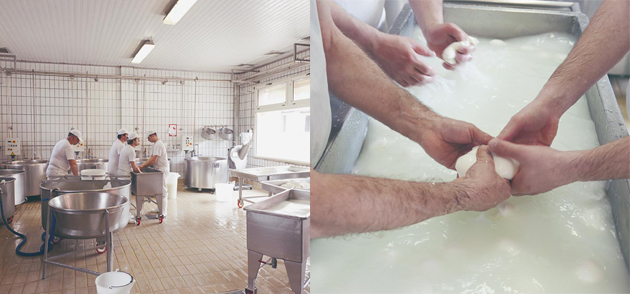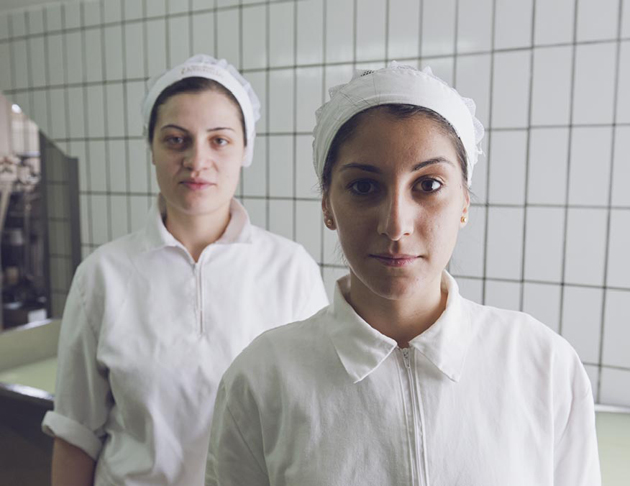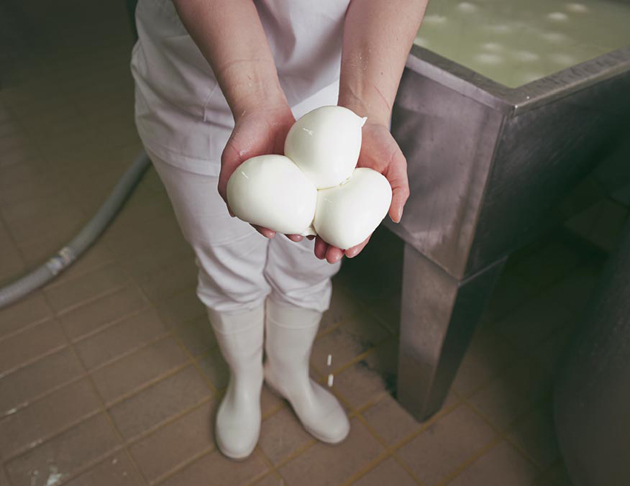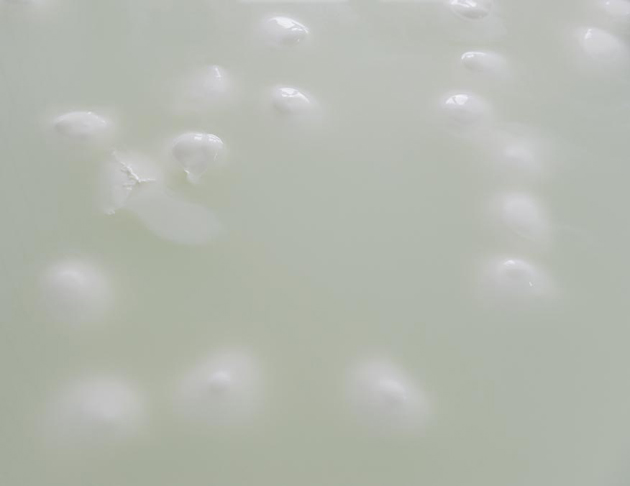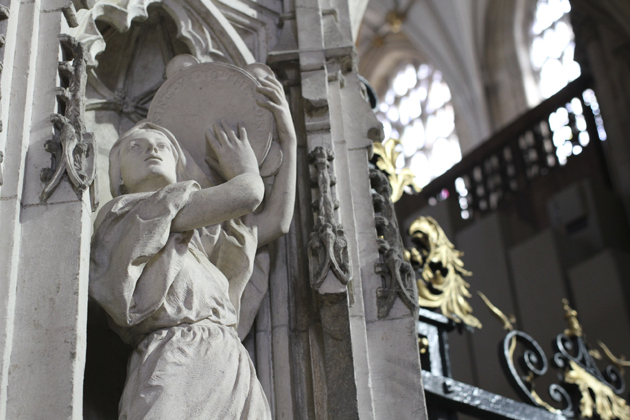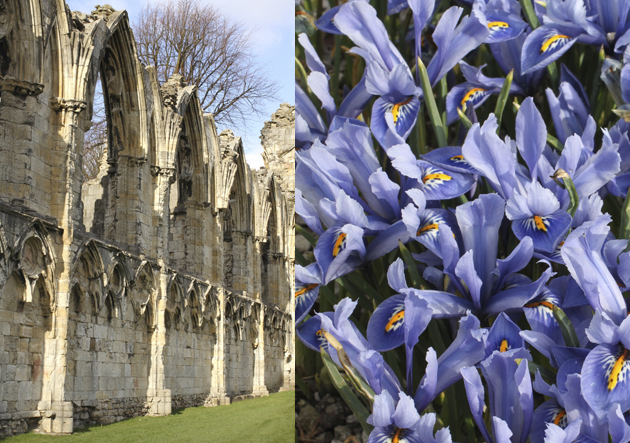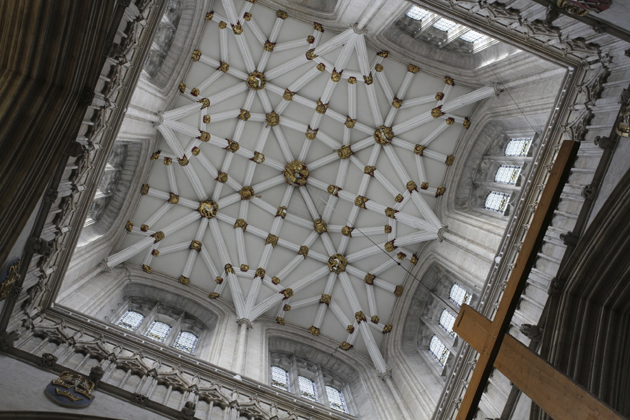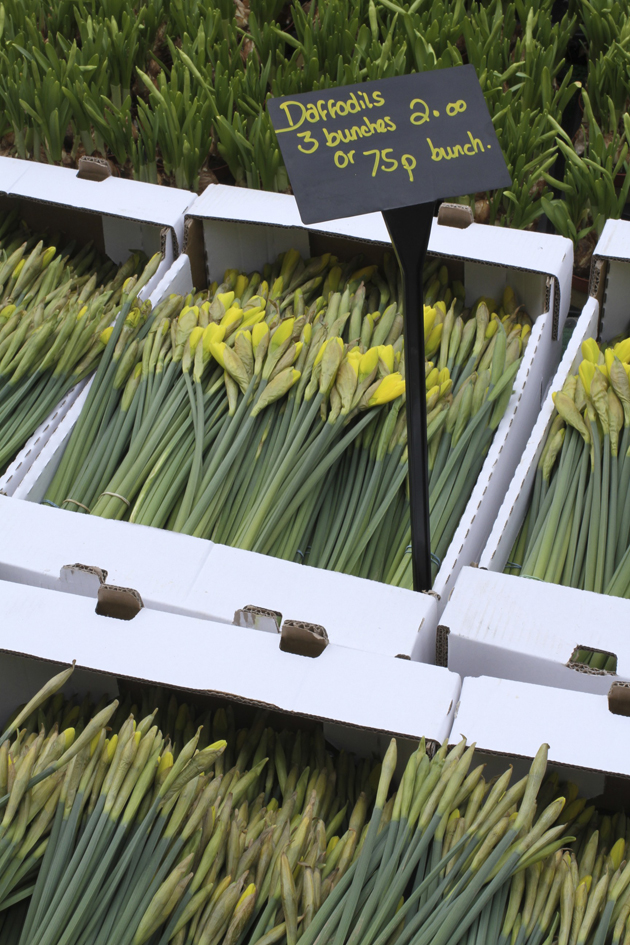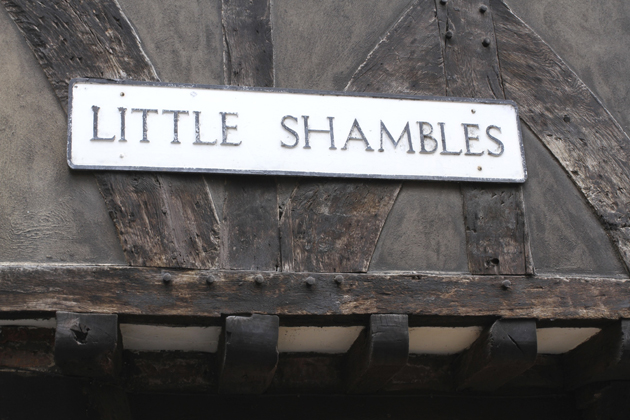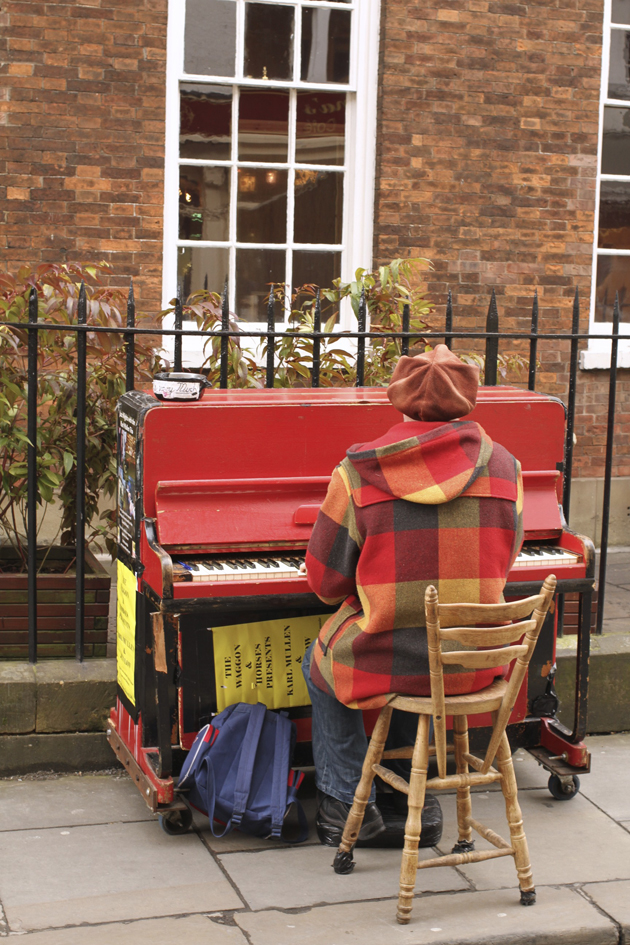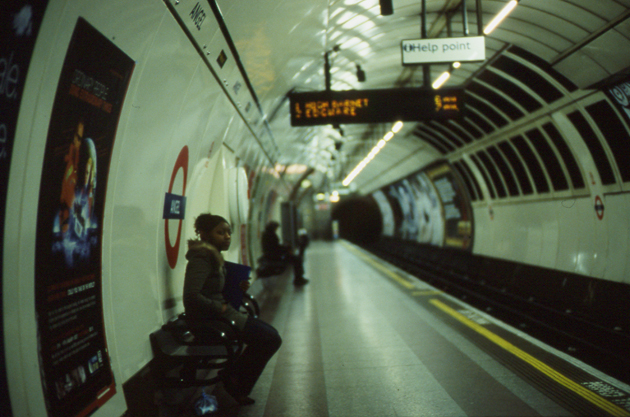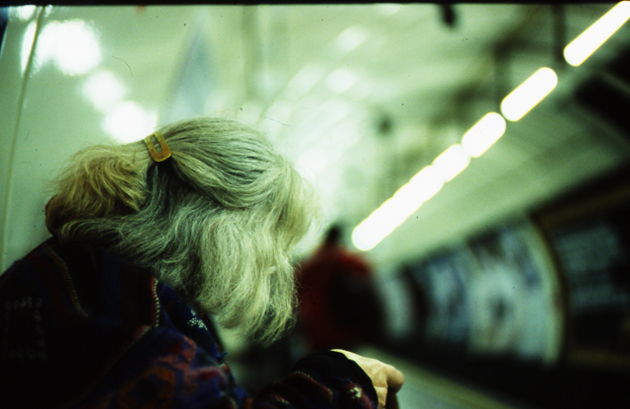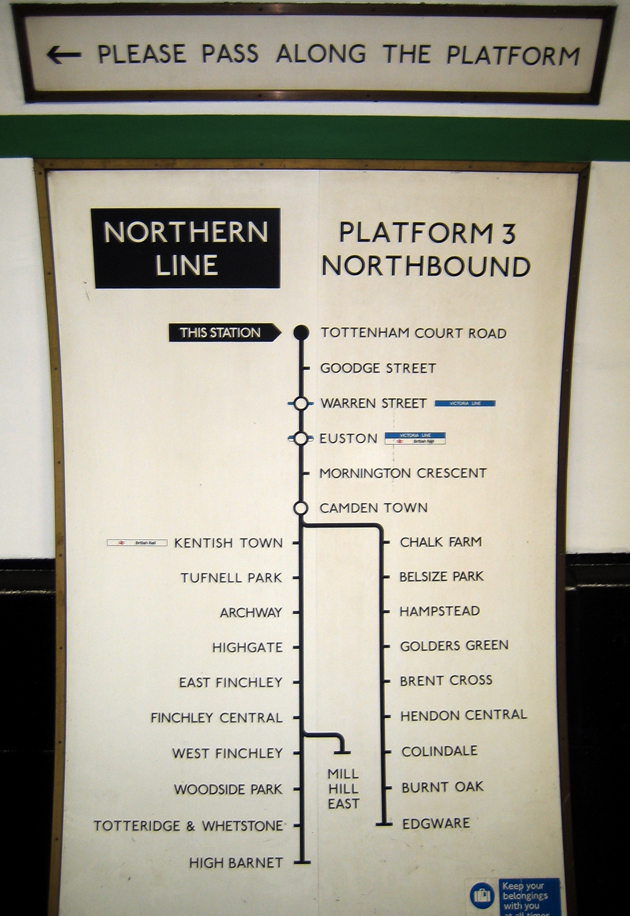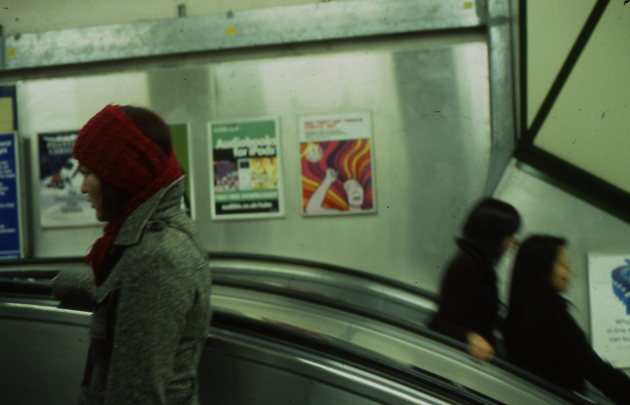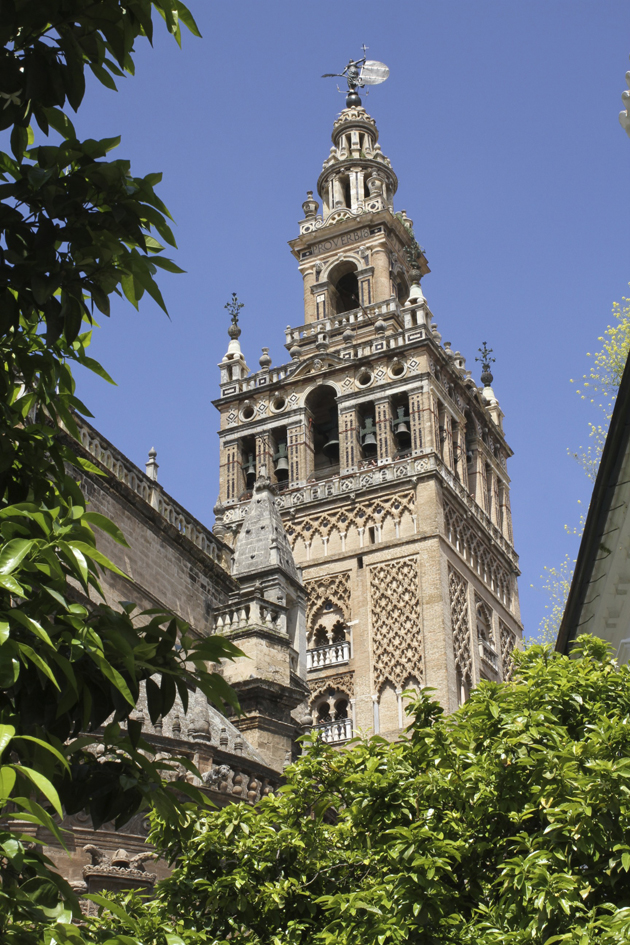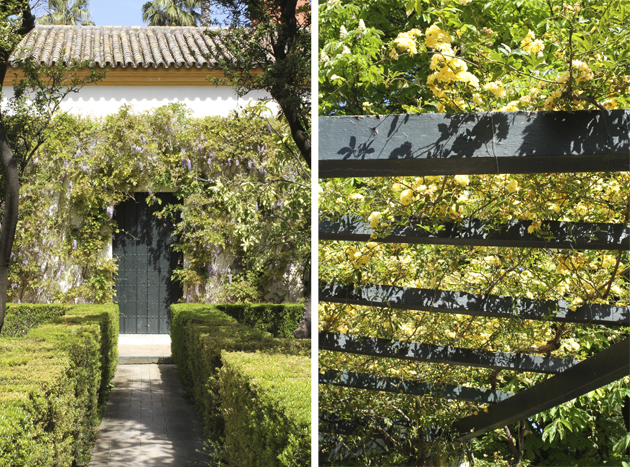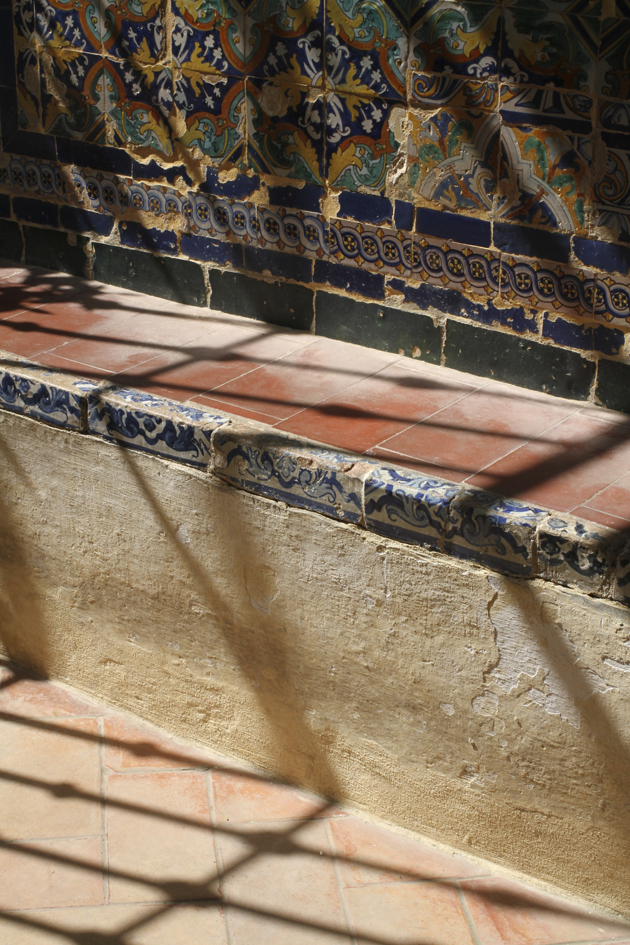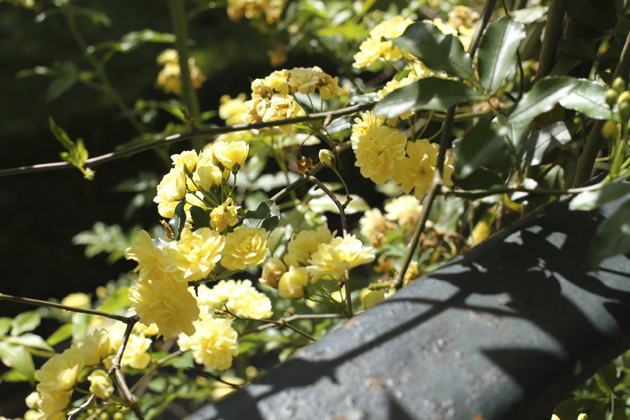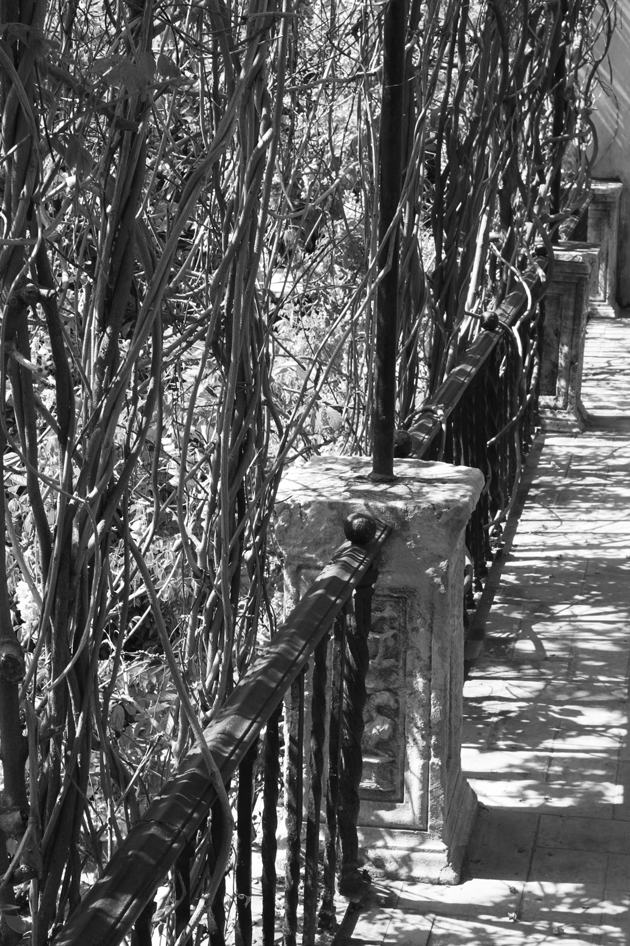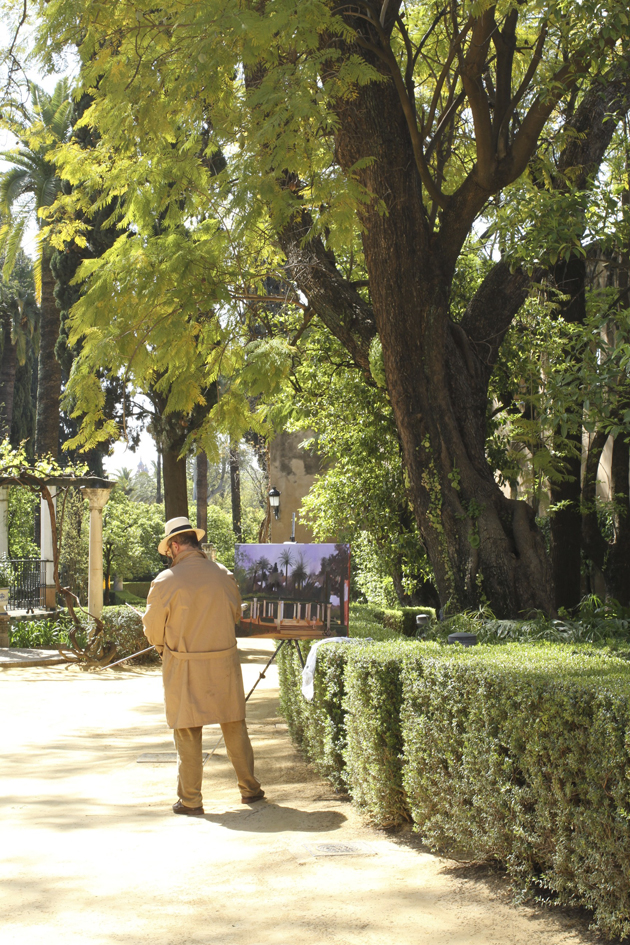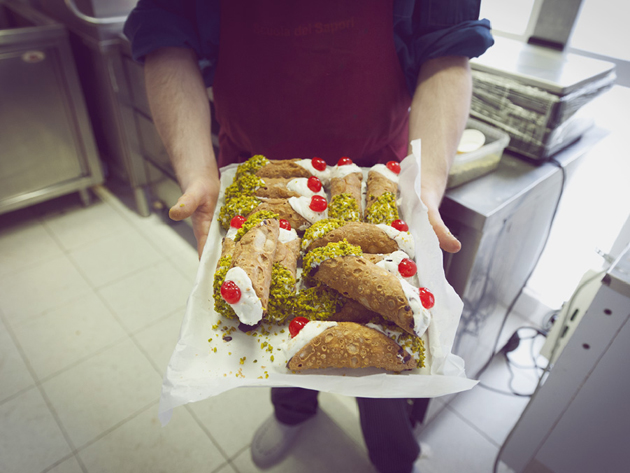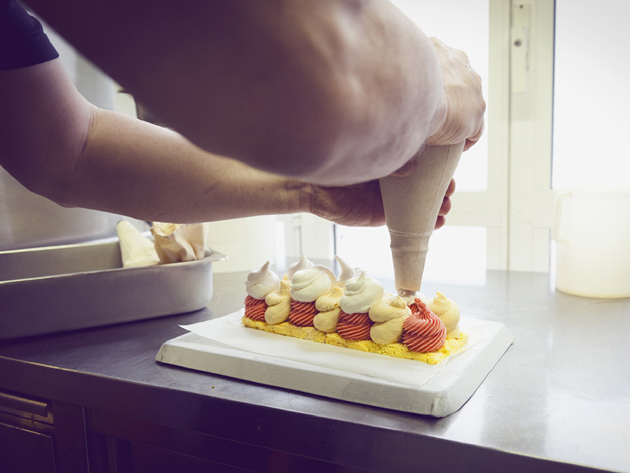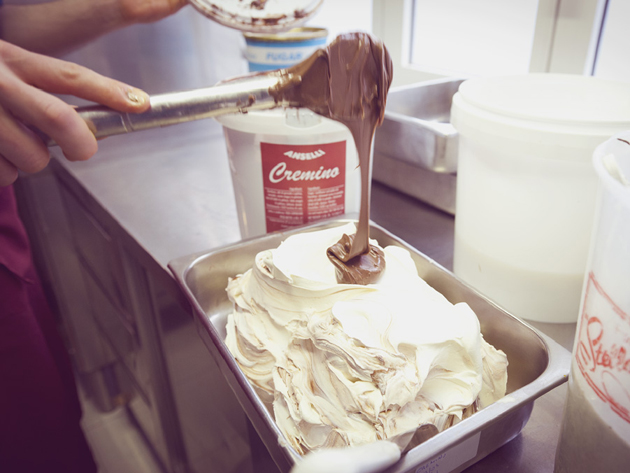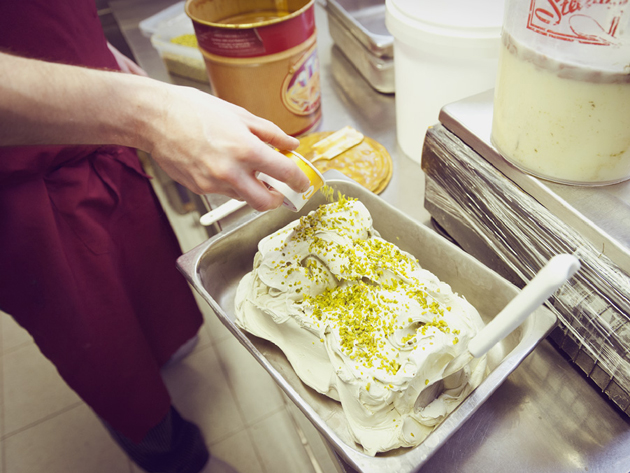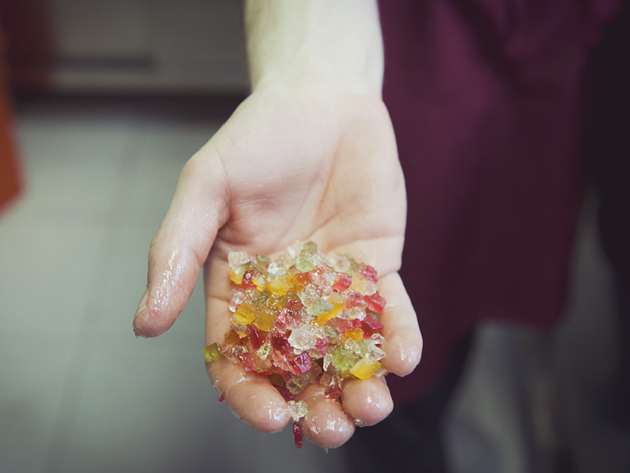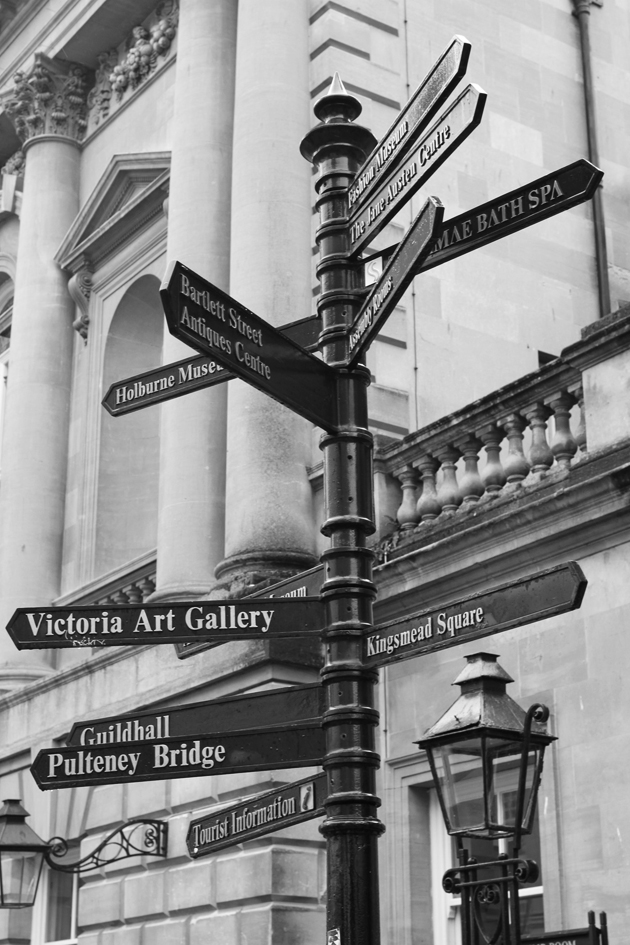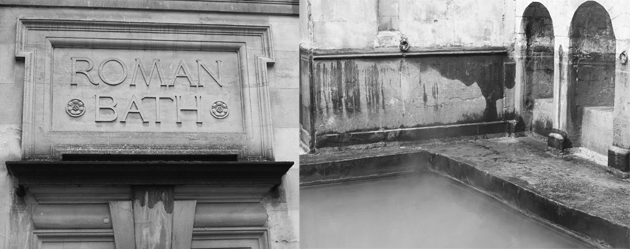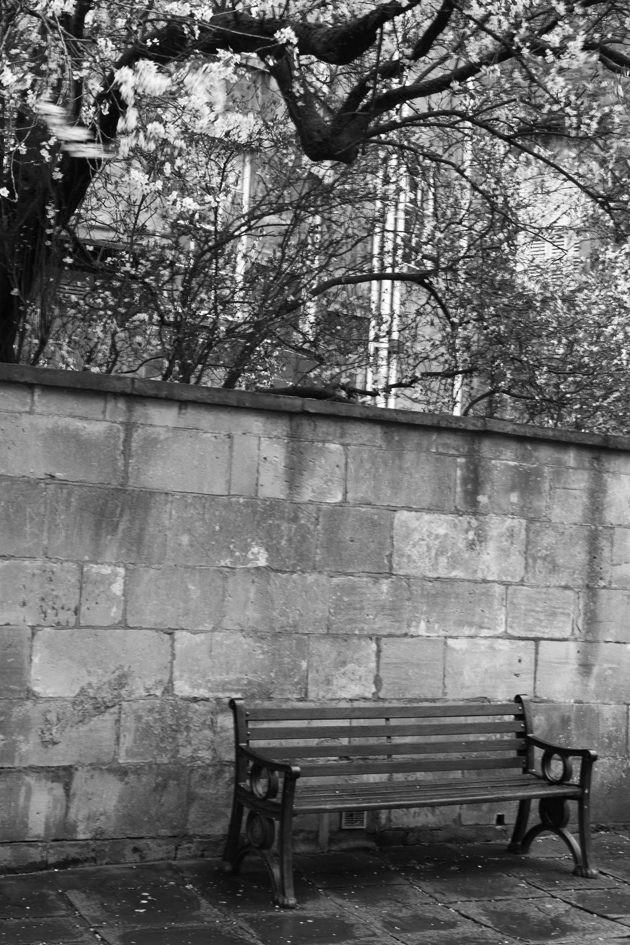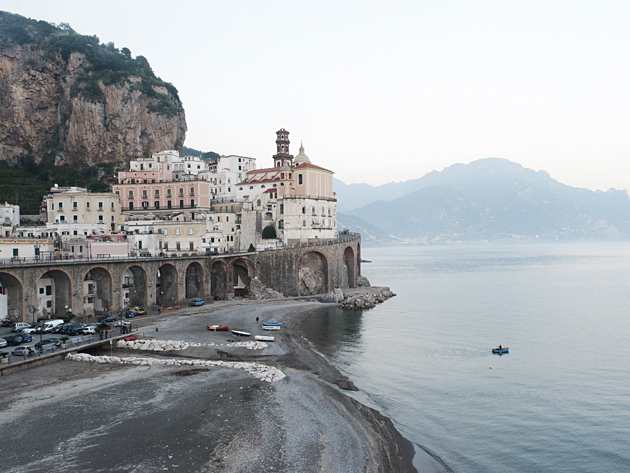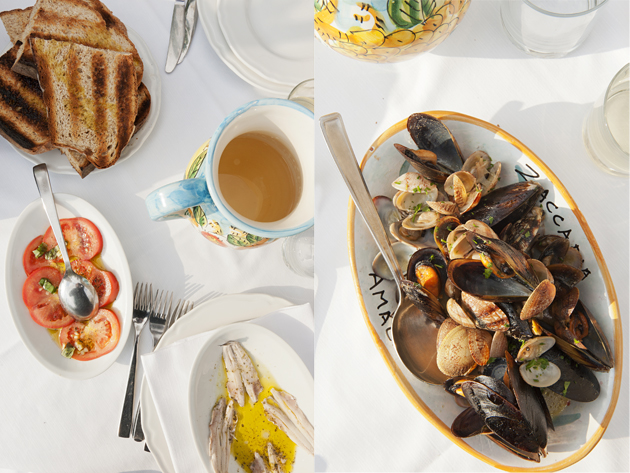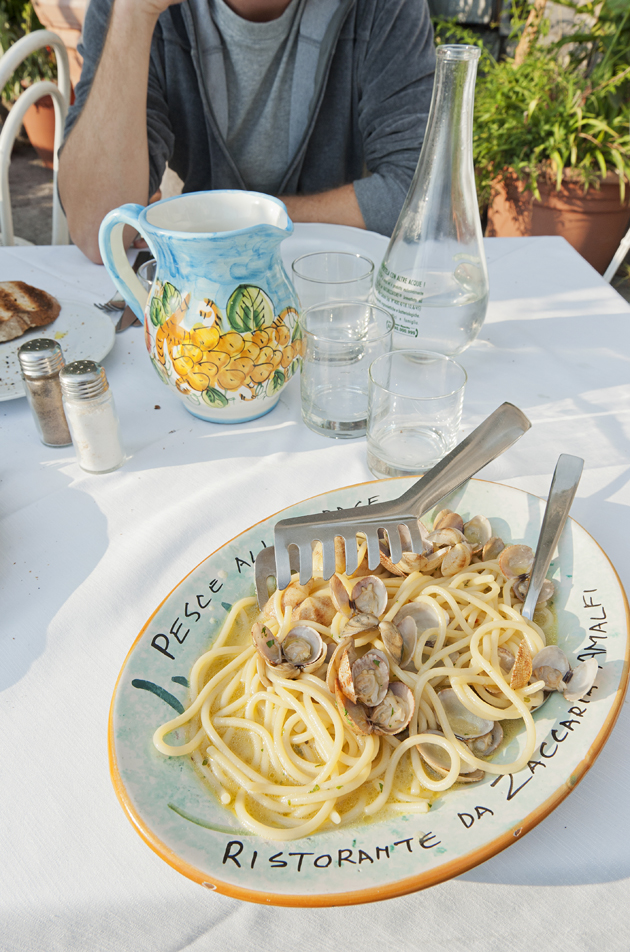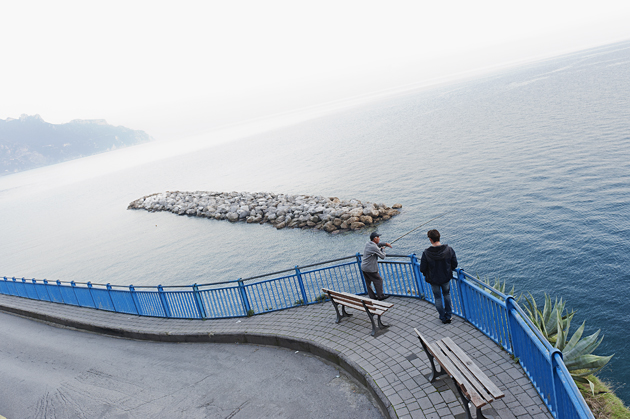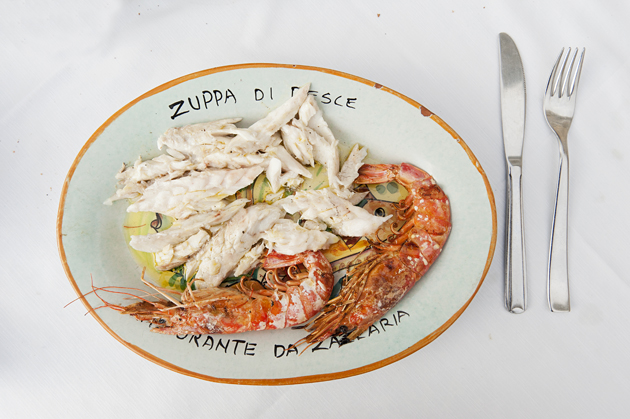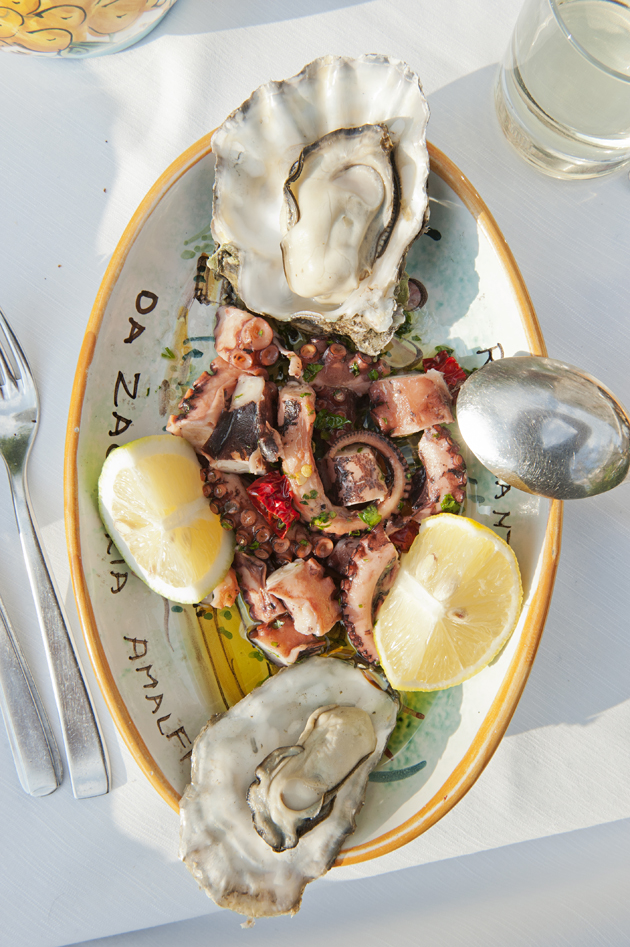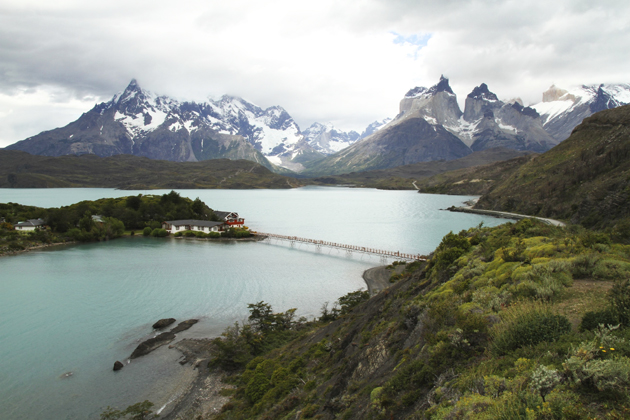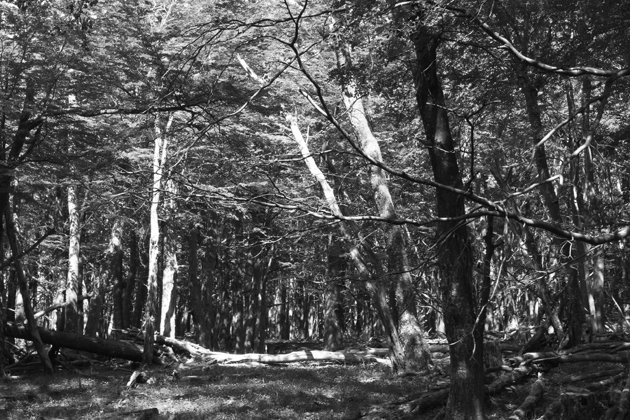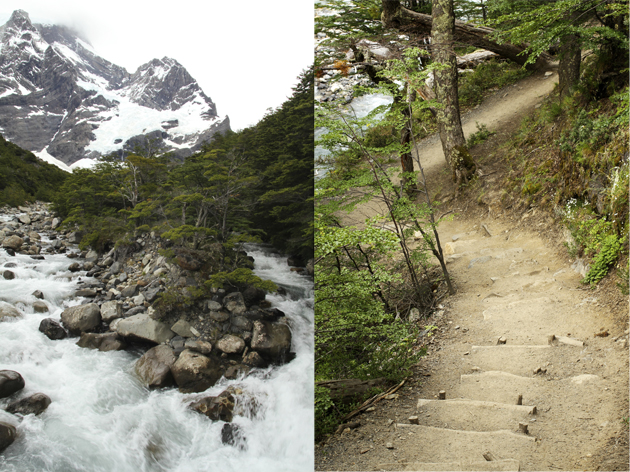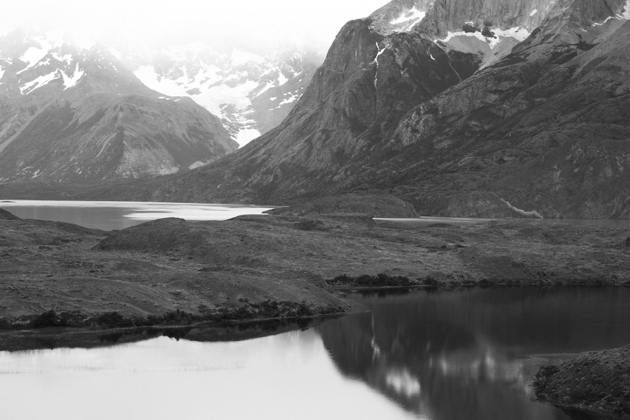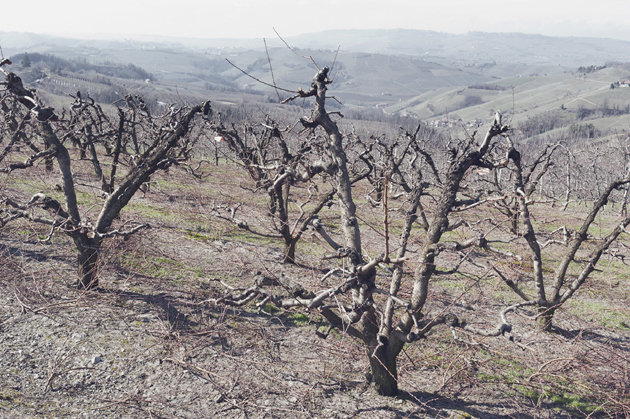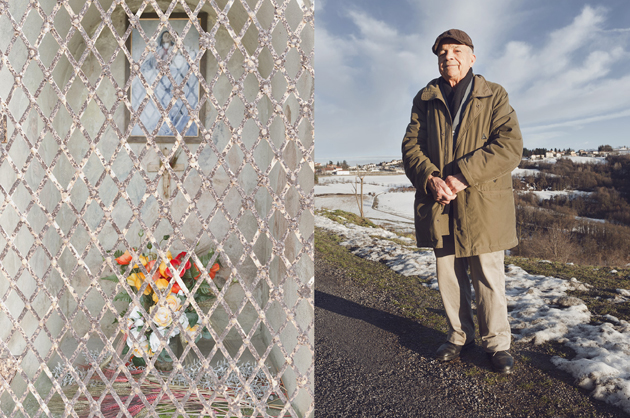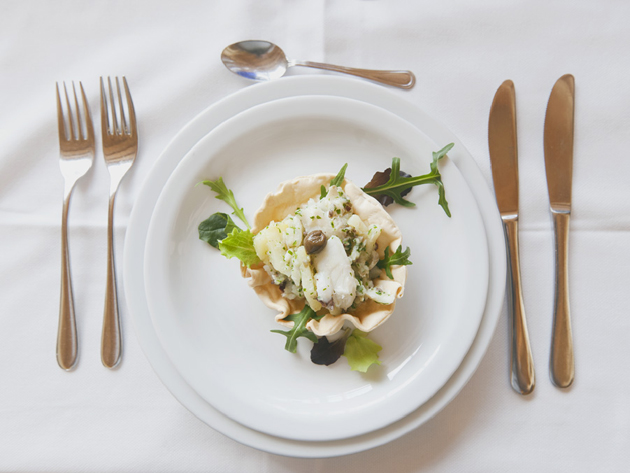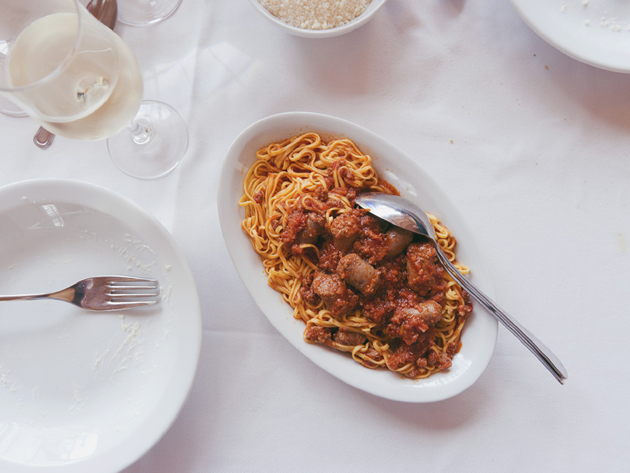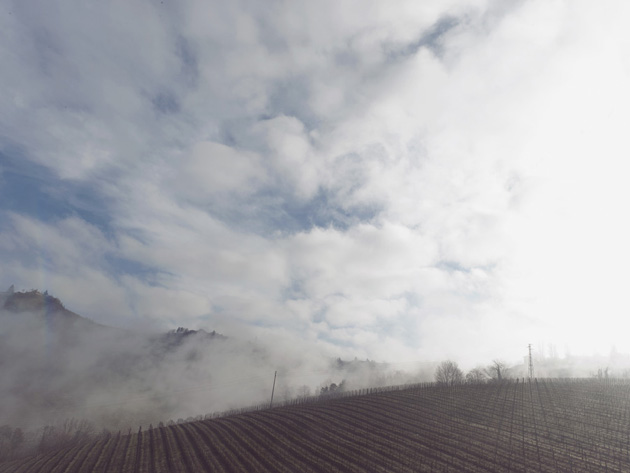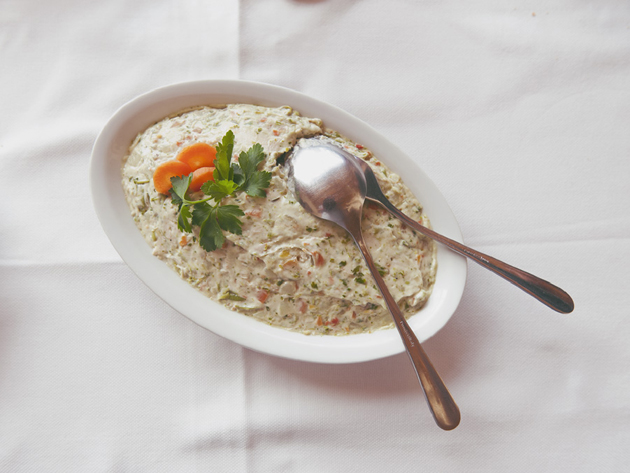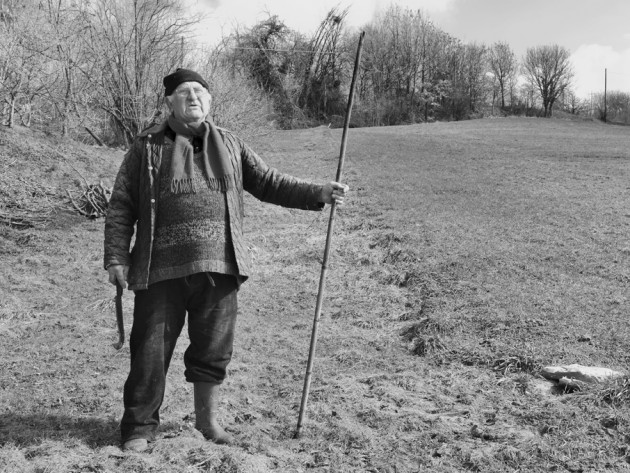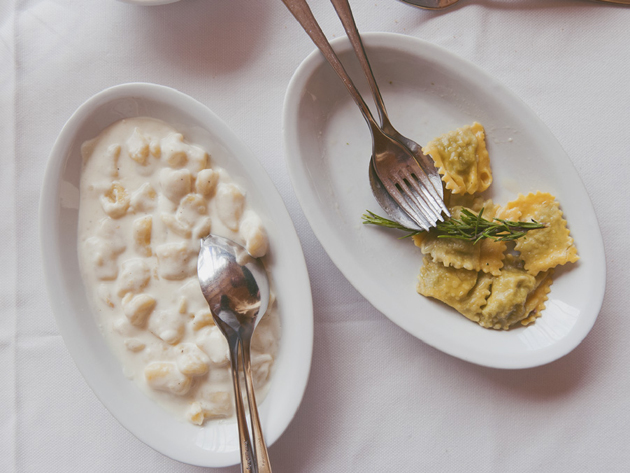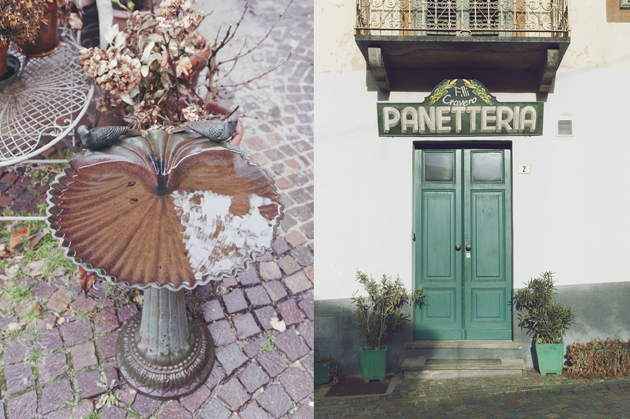There is a single word that is able to capture the immense size of Istanbul better than any else: megalopolis. With its 15 million inhabitants, this city, standing between Europe and Asia, is the third most populated metropolitan area of the “Old Continent”, after Moscow and London. But Istanbul has another peculiarity, maybe more significant than mere dimension, that can destabilize tourists accustomed to a “European” concept of a city: the contrasts. Istanbul is incessantly in balance between East and West, old ages and modernity. The only way for not being overpowered by this feature is to forget where you come from, especially if you live in a European capital city. Forget identical architectures, orderly traffic, and a few of the rules that usually wall your life. Don’t worry if you see a man with a gun walking around like nothing happened. Don’t let words like “kitsch” and “trash”, always in vogue with some (Italian) tourists, repeat themselves too frequently in your head. If you aren’t able to manage this, and if you have the impression that everything is odd and out of control, stop and take a breath. Then start again.

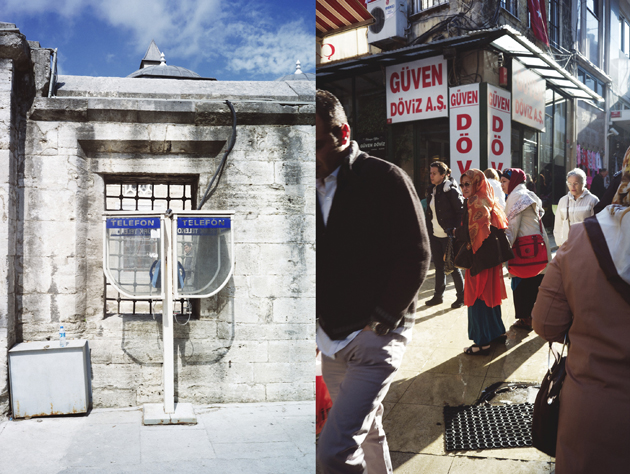
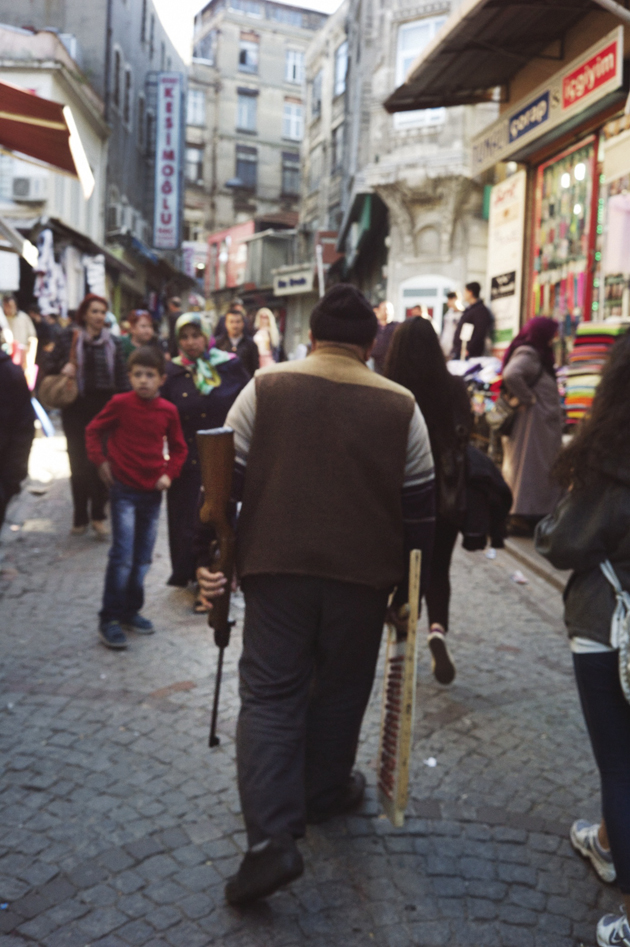
Most relevant contrasts in Istanbul are the architectural ones – just see the differences between the Ottoman style of Topkapi Palace, a museum that was once the home of the Sultan, and the European look of the palaces of Dolmabahçe and Yildiz, or of the new Museum of Modern Art –, but one can’t certainly ignore the cultural ones. Turkey isn’t even a part of the European Union, because until now it didn’t give importance to the protection of minorities or to personal freedom. This doesn’t mean that you have to fear that something bad can happen to you, considering that Istanbul is a touristic destination. But keep in mind, in any case, that you are in an only partially Western city, and what is morally right for a Turkish person may vary from your point of view.
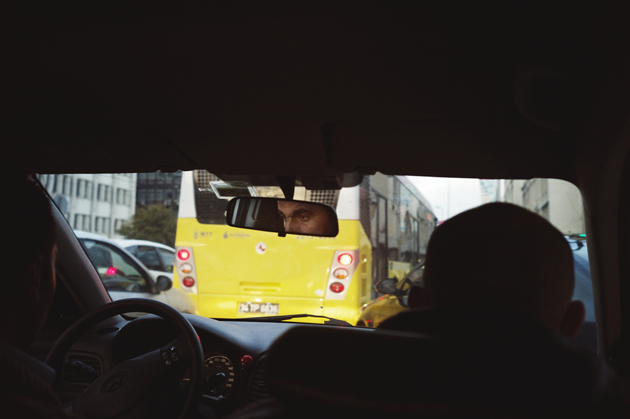
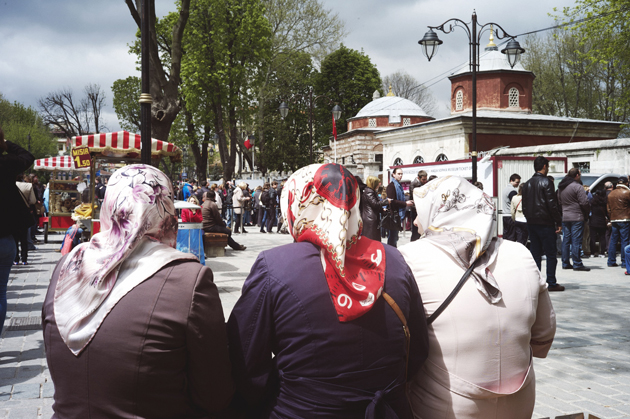
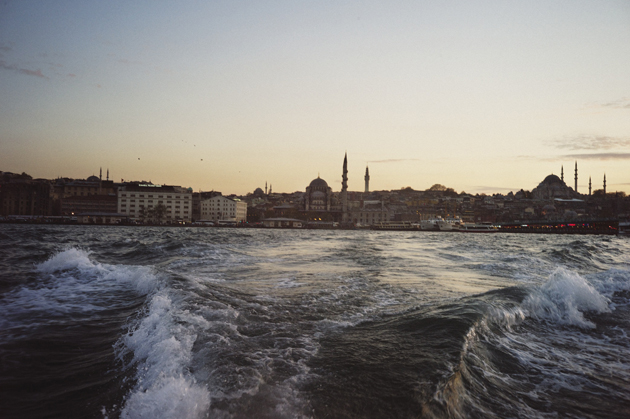
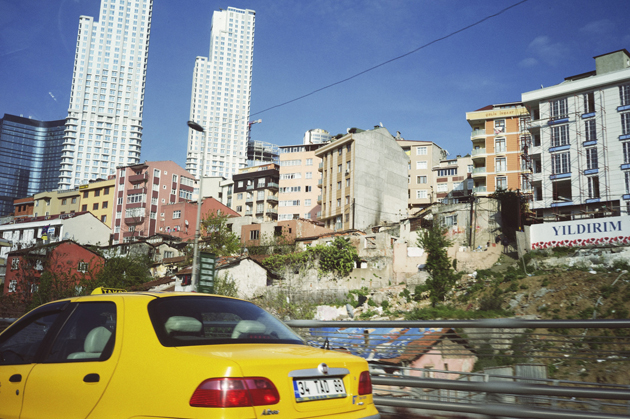
Istanbul is a constantly changing world. You could return here after one year and see that in the place of a tranquil palace you admired, of a square you crossed by foot, or of a garden you once spent your afternoon in, now there is something completely else. Among all these on-going transformations, don’t forget classical must-see venues: visiting Istanbul without visiting Blue Mosque, Grand Bazar and the same Topkapi Palace, would be like going to Paris without visiting Tour Eiffel. Lose yourself in the vivid colours and smells of the Bazar, breathe the fascination of the Sultan’s Palace, let yourself be washed, rubbed and massaged in the hammams of the city. If you can, avoid the expensive tourist spas and choose one frequented by the Turkish, for example in the Taksin zone. It will be a reinvigorating experience, almost sacre, which you won’t forget.
